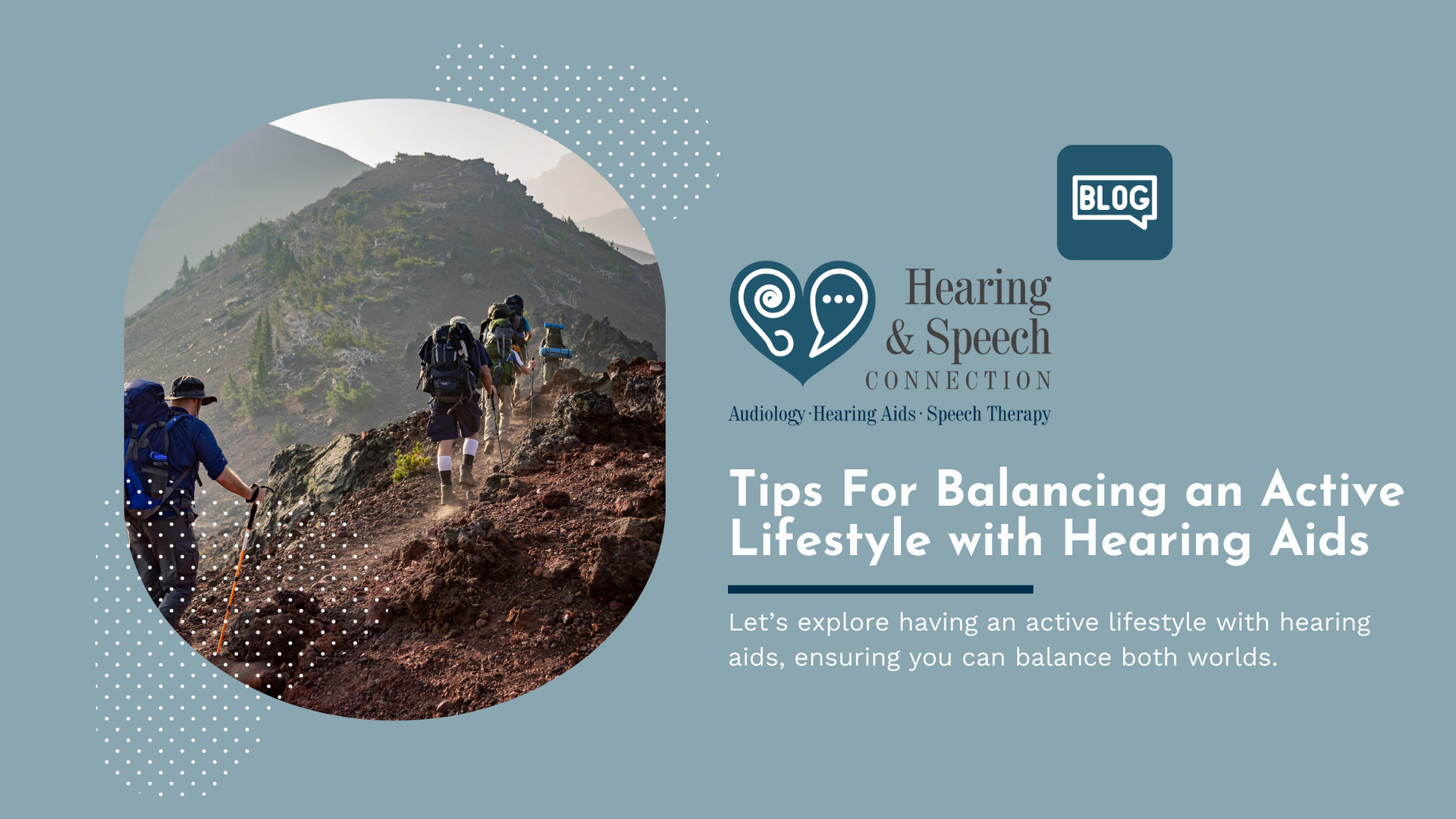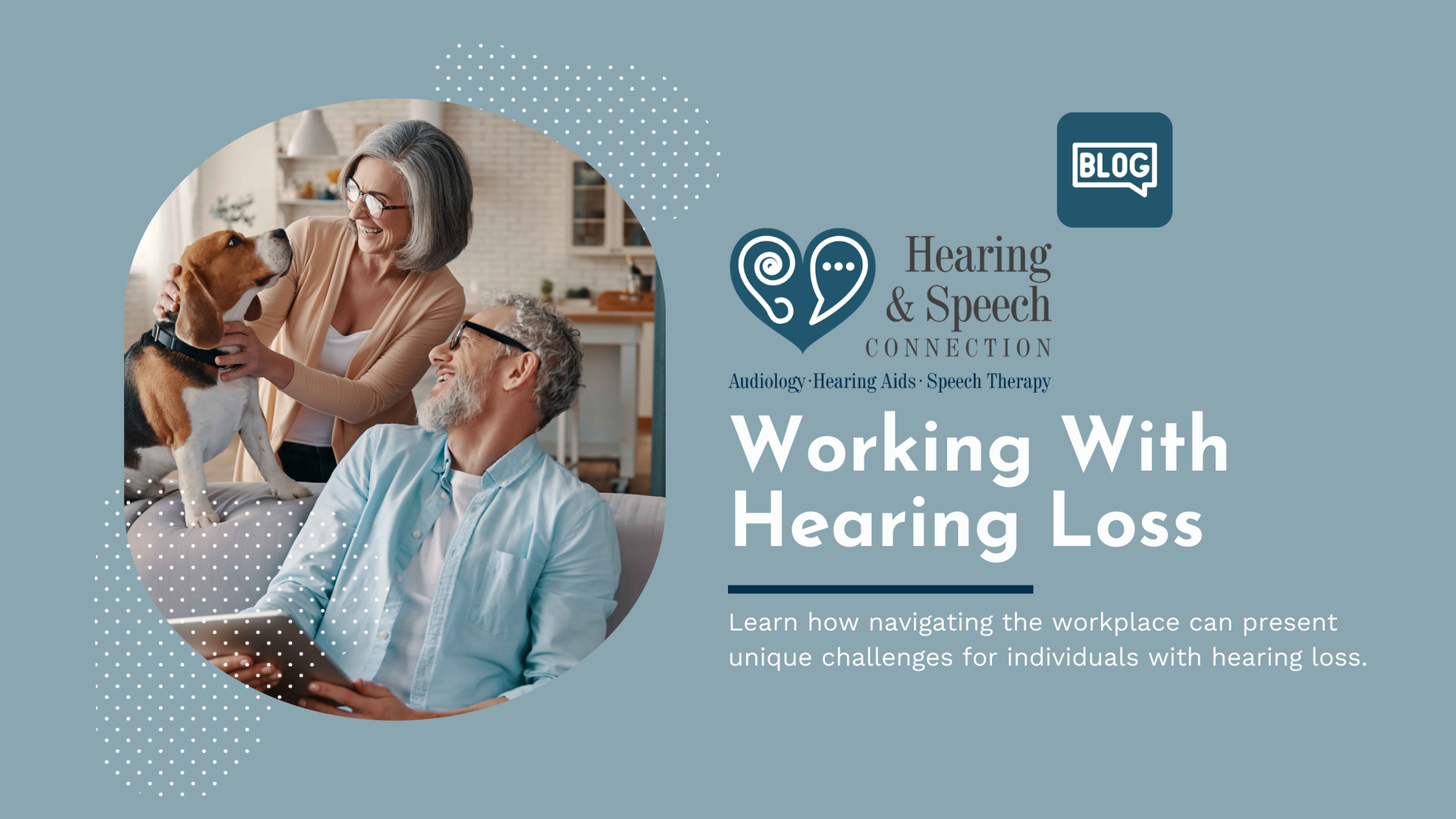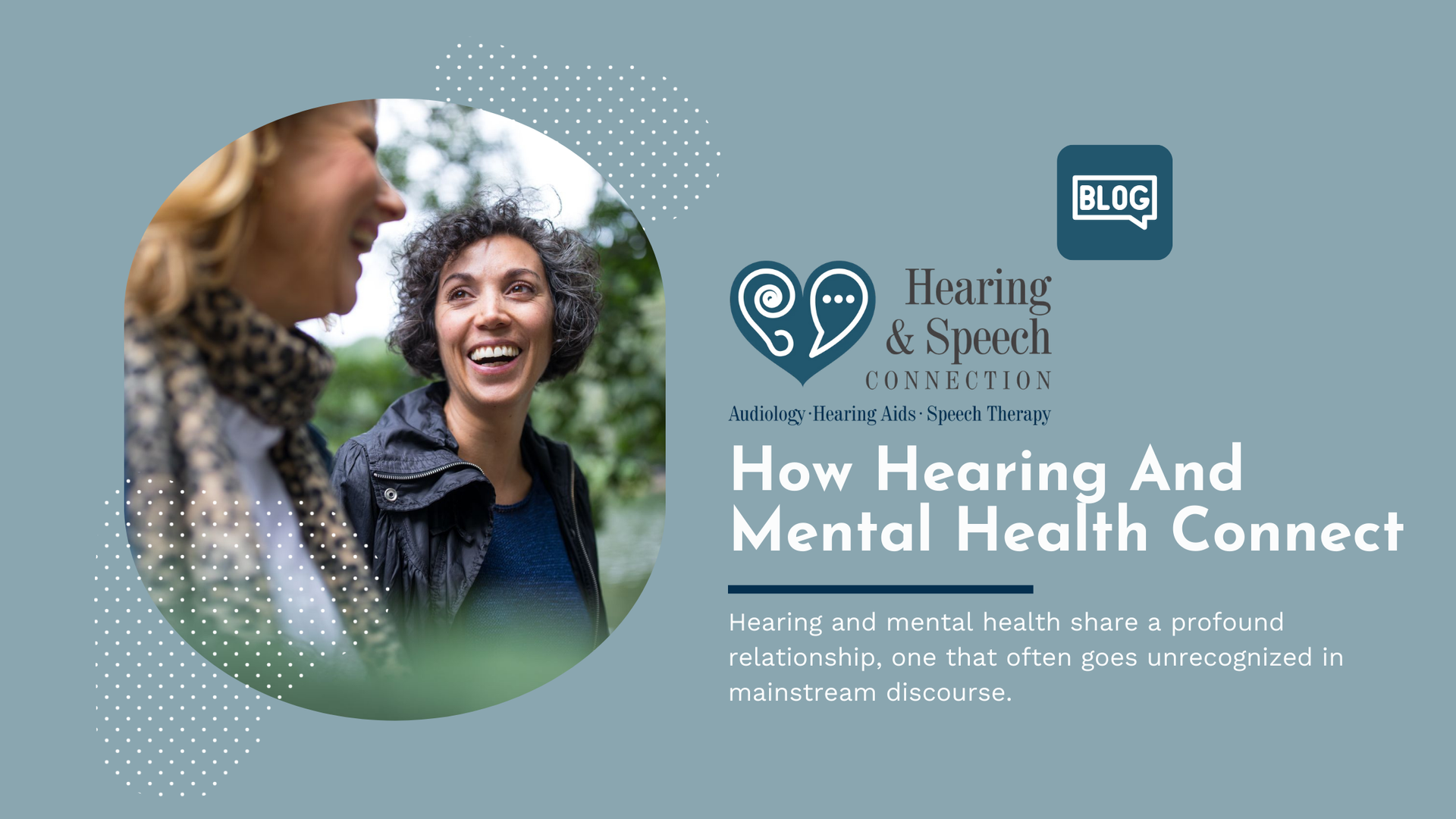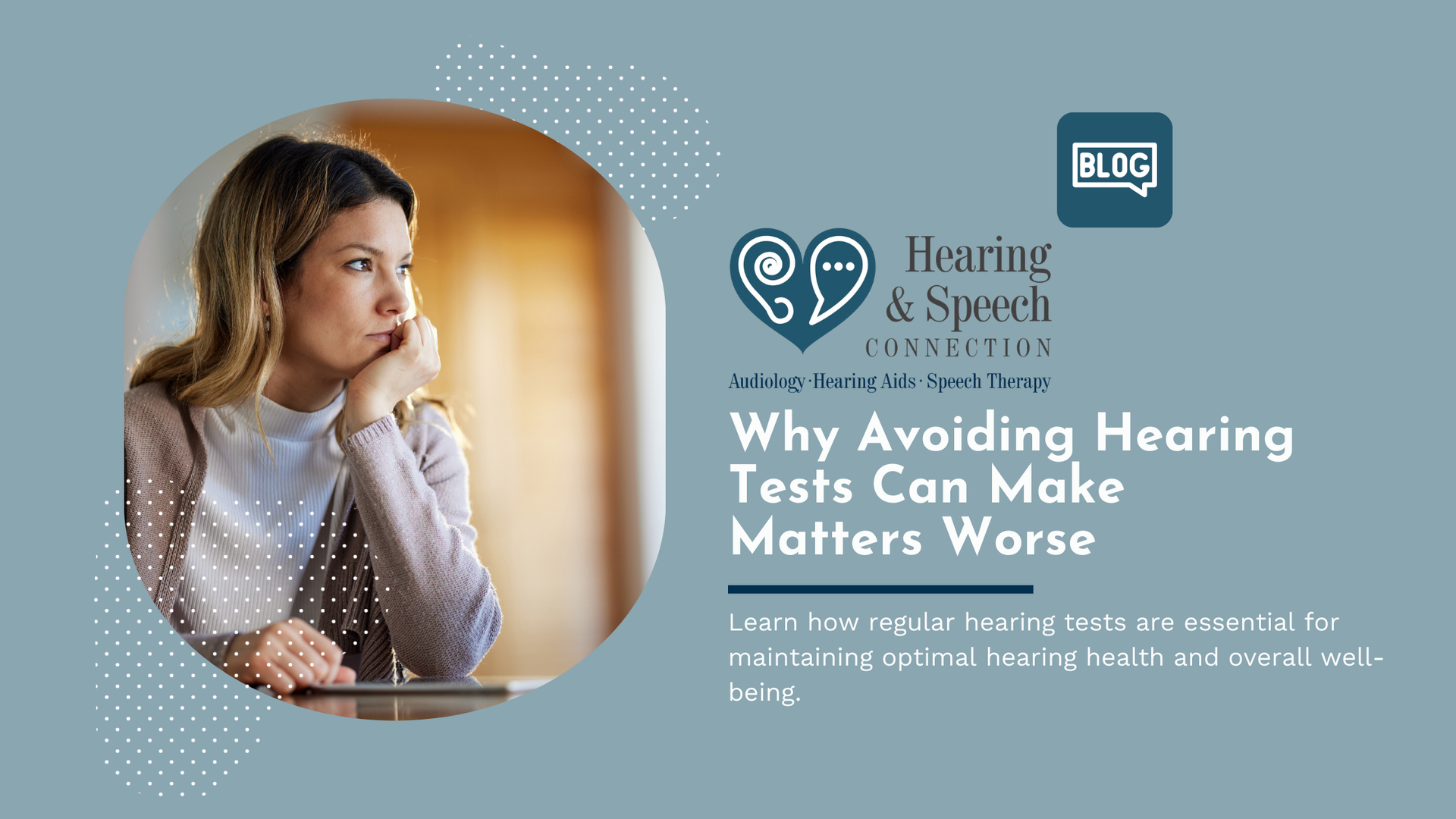Facts & Fictions About Hearing Loss
Though there have been significant innovations in hearing healthcare, there are still numerous misconceptions about hearing loss. These misconceptions often contribute to a delay in treatment. In fact, it is estimated that only one-third of people who could benefit from treatment, actually receive it. Untreated hearing loss has multifaceted effects that can impact overall health and wellness. Challenging these misconceptions can help you learn more about hearing loss while highlighting the importance of treatment.
Fiction: Hearing loss isn’t a common health issue.
Fact: Hearing loss is the third most prevalent medical condition people experience today.
Hearing loss is a pervasive health issue that millions of people live with today and it is projected to continue to increase. Over 48 million people have some degree of hearing loss, with nearly 1 in 6 people having impaired hearing, you likely know someone impacted by it. According to the National Institute on Deafness and Other Communication Disorders (NIDCD) :
- 1 in 3 people, ages 65 – 74, have hearing loss.
- 1 in 2 people, ages 75 and older, have hearing loss.
20% of the population in the U.S. has hearing loss, making it the third most common health condition people have today.
Fiction: Hearing loss only impacts older people.
Fact: Hearing loss has multiple causes that people of all ages can experience.
Aging is a significant indicator of hearing loss and older adults are disproportionately affected by the condition. Also known as presbycusis, the risk of developing age-related hearing loss increases as one age. But it is important to know that aging is not the only cause of hearing loss. Other common causes include exposure to loud noise and existing medical conditions. Loud noise exposure is an incredibly common way people damage their hearing. The Hearing Health Foundation estimates that over 22 million people are exposed to hazardous levels of noise (that can contribute to a hearing loss) in the workplace.
Additionally, the World Health Organization estimates that over 1 billion people, ages 12 – 35, worldwide are at increased risk of developing noise-induced hearing loss. This is specifically due to loud noise exposure from personal audio devices or from being in noisy public venues. This highlights that younger people, including children, are particularly vulnerable to this type of hearing loss.
Fiction: Hearing loss can be cured so I can treat it later.
Fact: Hearing loss is a permanent condition and delaying treatment takes a toll on overall health.
The most common form of hearing loss (sensorineural) is a permanent, life-long condition. This type of hearing loss accounts for 90% of the hearing loss that people experience today. It occurs when hair cells in the inner ear are damaged. These hair cells send auditory information to the brain which is then able to further process these signals and assign meaning to them, allowing us to understand what we hear. Damage to these sensory cells disrupts this process, causing hearing loss.
Fiction: I can still hear so my hearing loss is not that bad.
Fact: Hearing loss often happens gradually so impairment can worsen and these changes can remain unnoticed for quite some time.
Hearing loss exists on a spectrum, from mild to profound, and one’s impairment can change over time. Also, you actually may not notice the changes to your hearing health because these changes typically occur gradually. If hearing loss remains untreated, it can worsen and symptoms can contribute to major outcomes that affect daily life – social withdrawal, strained communication, relationships, etc.
Fiction: Hearing aids are bulky and outdated.
Fact: Like most electronic devices today, hearing aids have experienced much innovation.
The most common treatment for hearing loss is hearing aids. When you picture hearing aids you may imagine a bulky and all too noticeable device worn by grandparents. But this is an outdated image that does not describe the range of current hearing aids. Today’s devices are more innovative than ever before – offering various features, styles, and technologies that seamlessly integrate into daily life. These devices also offer sleek designs, different sizes, and color options. This wearable technology not only maximizes hearing health but increases spatial awareness, enriches social life, and improves relationships.
The post Facts & Fictions About Hearing Loss appeared first on Hearing Connection.




